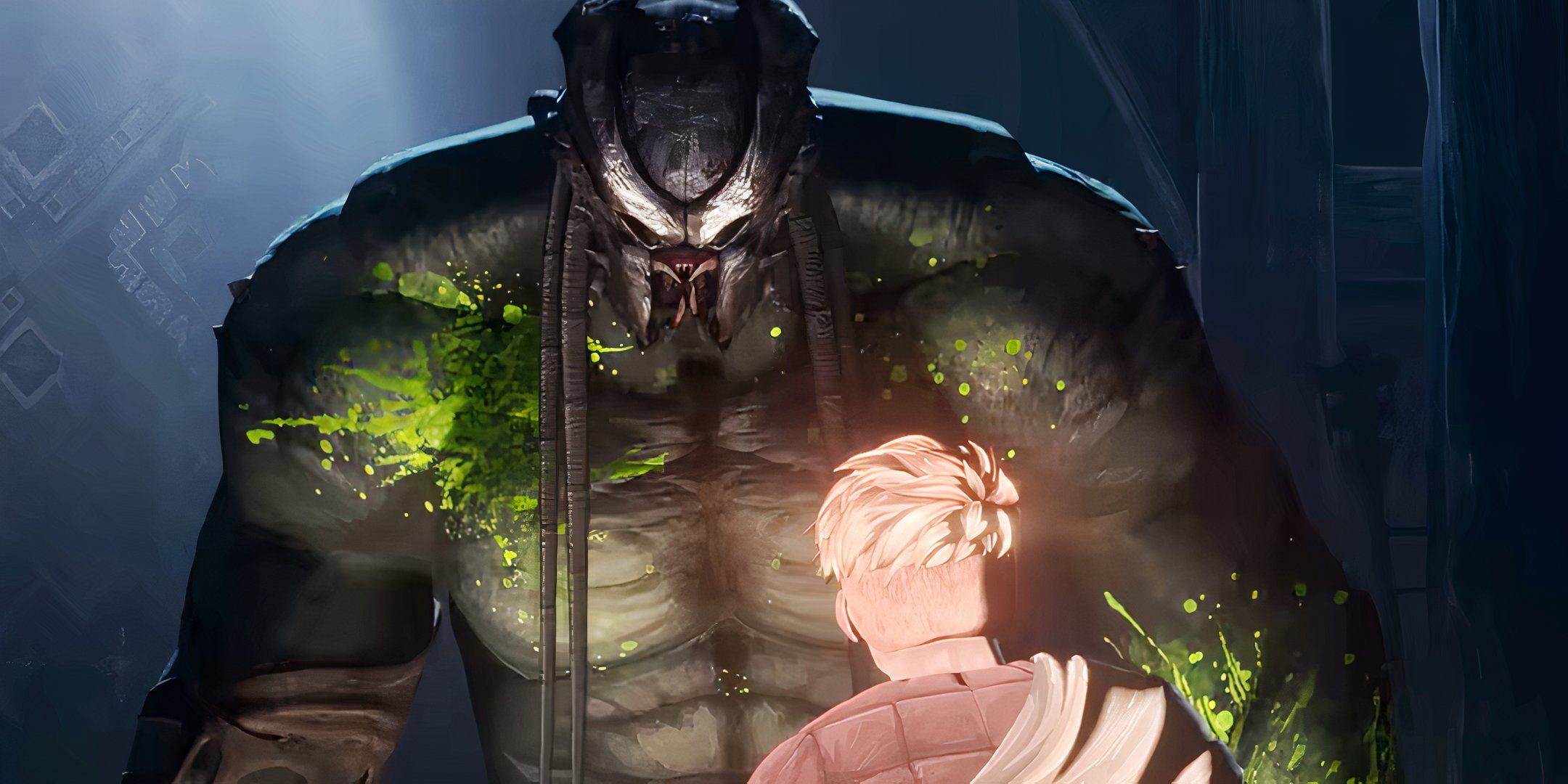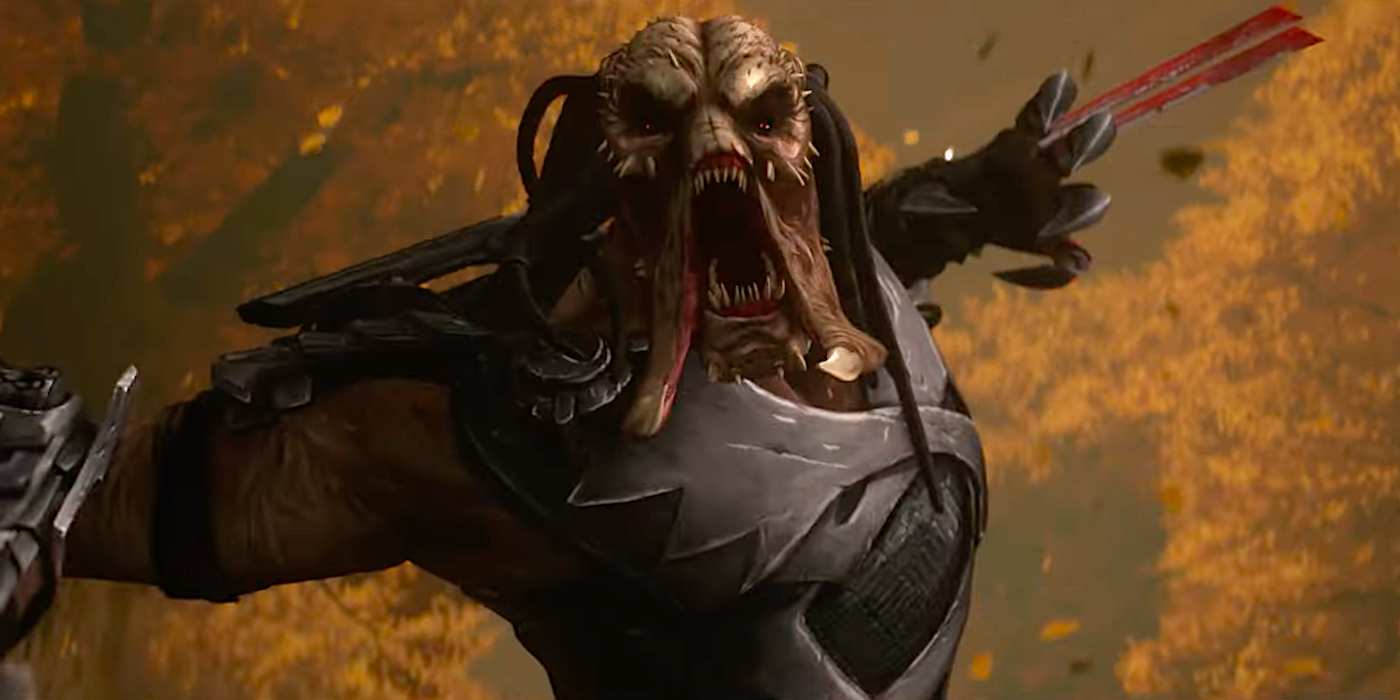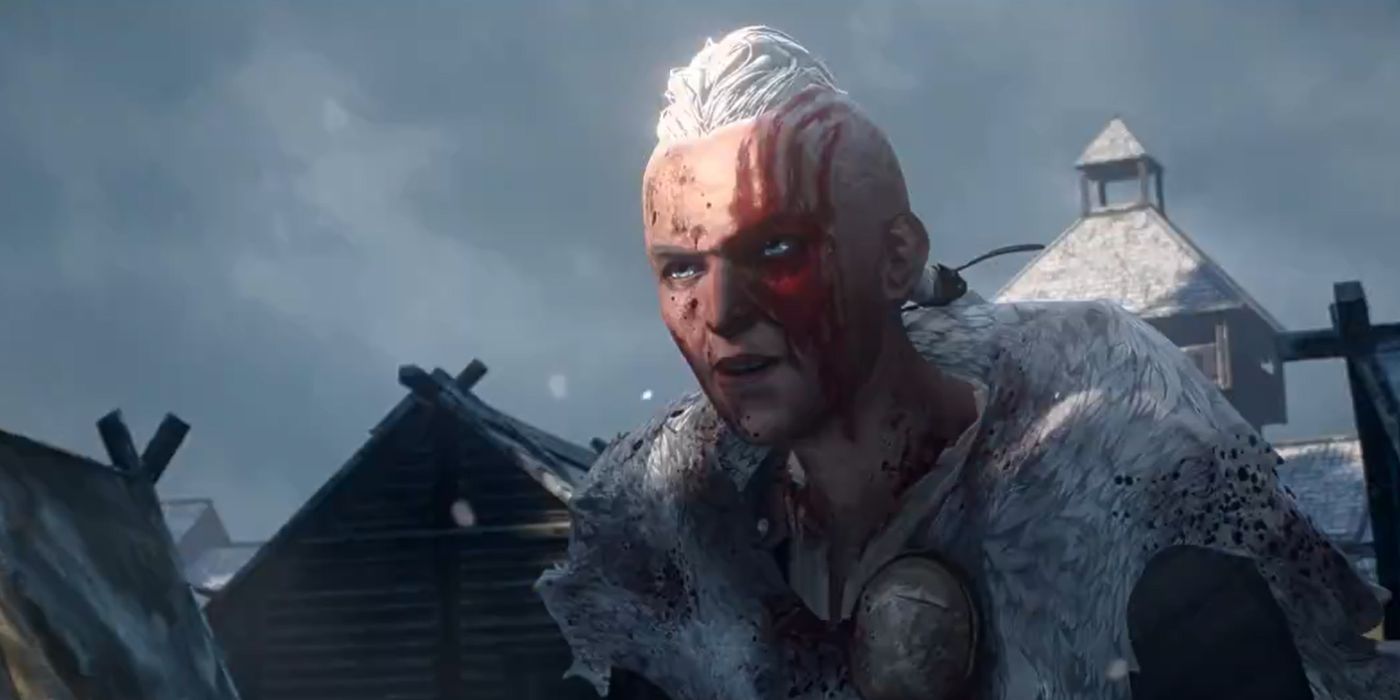
Reviewer Ranking: #587/2974
It’s a great time to be a Predator fan.
In 2018, the Shane Black-directed film The Predator was met with weak reviews – if not outright scorn – and any future the franchise might have had was put into question. Such questions were only furthered when, a year later, Walt Disney Pictures acquired 20th Century Fox.
But in 2022, the House of Mouse brought the franchise back with Prey. Directed by Dan Trachtenberg of 10 Cloverfield Lane and released directly to streaming on Hulu, the film was set long before any previous film in the franchise, with a fresh spin and a heralded performance from Amber Midthunder as the protagonist. Fans of the franchise seemed pleased overall, with the biggest criticism being that Prey really ought to have been released in theaters, rather than direct to streaming.
Well, Trachtenberg is set to get another chance. His next live-action film in the venerable sci-fi universe, Predator: Badlands, is set for a theatrical release in November. Its trailer promises a younger, less experienced alien hunter, and an intriguing connection to that other sci-fi/horror franchise Disney acquired from Fox, Alien. Yet in the meantime, we’ve learned that Trachtenberg is fully immersed in this franchise, having also helmed the animated film Predator: Killer of Killers, now streaming on Hulu. How does this newest installment compare to its live-action predecessors?

Killer of Killers is essentially an anthology film, telling four distinct stories in 20-minute increments through its run time. The first three sections – individually titled “The Shield,” “The Sword,” and “The Bullet” – introduce three distinct human protagonists at different points throughout human history, battling against three distinct Yautja, or Predators.
“The Shield” focuses on Ursa, a Viking warrior teaching her son the ways of battle and seeking revenge for her father’s death years before. This is probably the bloodiest of the first three tales (though none of them shy away from gore), and it certainly sets a tone that aligns with the franchise’s live-action past.
“The Sword” is the most intriguing of the first three tales, following two brothers in feudal Japan and told almost entirely without dialogue. The 2010 film Predators featured a brief scene between a Japanese warrior and a Predator; this segment of Killer of Killers doubles down on that and brings the alien hunter into the world of ninja and samurai in satisfying fashion.
In some ways, the third tale, “The Bullet,” is the most fun, and yet it is also the most jarring. The tone shifts a bit as we follow Torres, a fighter pilot in World War II who winds up dogfighting against a Yautja in the skies. All three protagonists in these stories pull off some almost superhuman feats when battling the alien hunters, but the midair antics in “The Bullet” stretch credibility more than the others.

All of these tales share a striking animation style. The protagonists are unique: the bloodthirsty Viking warrior woman, the stoic ninja, the wisecracking, fly-by-the-seat-of-his-pants aerial jockey. They each battle a Predator with a unique physicality, and a unique weapon to boot. Interestingly, we aren’t done with any of them by the time the final quarter of the film rolls around. To say more would be to divulge too much, but despite the different eras the first three stories are set in, they converge in an intriguing manner. The final tale builds to a climax that is somewhat open-ended, yet satisfying, and leaves you intrigued to see more.
Predator: Killer of Killers is doing exactly what the franchise needs to do. Ultimately, the scope of Predator is limited by its core concept: the Yautja are alien hunters who hunt dangerous prey. The best way to keep this concept fresh is to portray these hunters in different eras and environments, and Killer of Killers has done just that. It widens the scope of the Predator universe and whets our appetites for what Dan Trachtenberg has cooked up with Predator: Badlands. Bring it on.
A final note: Stick around for the last scene, just before (not after) the credits, and you’ll get an eye-opening connection to franchise lore.







